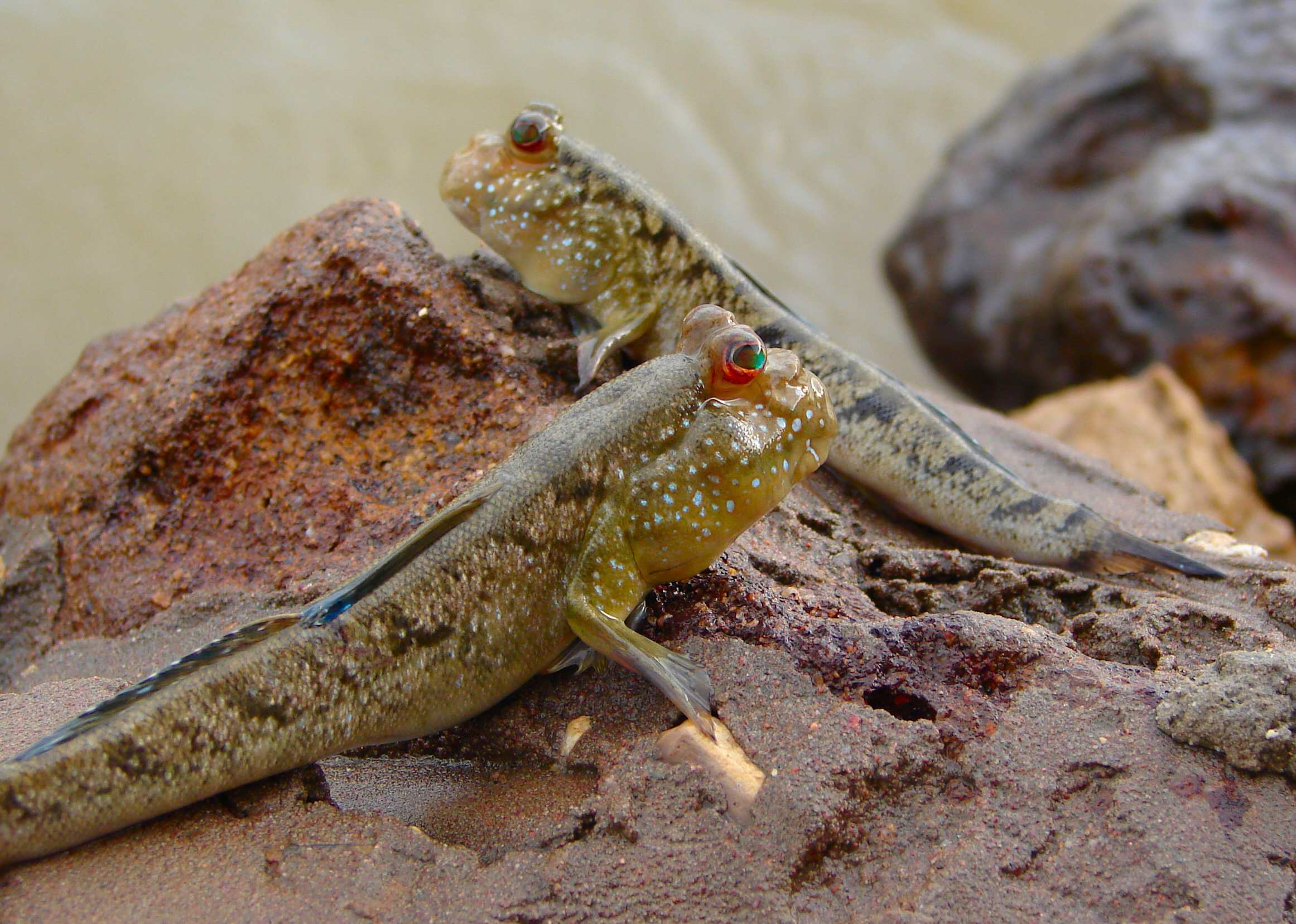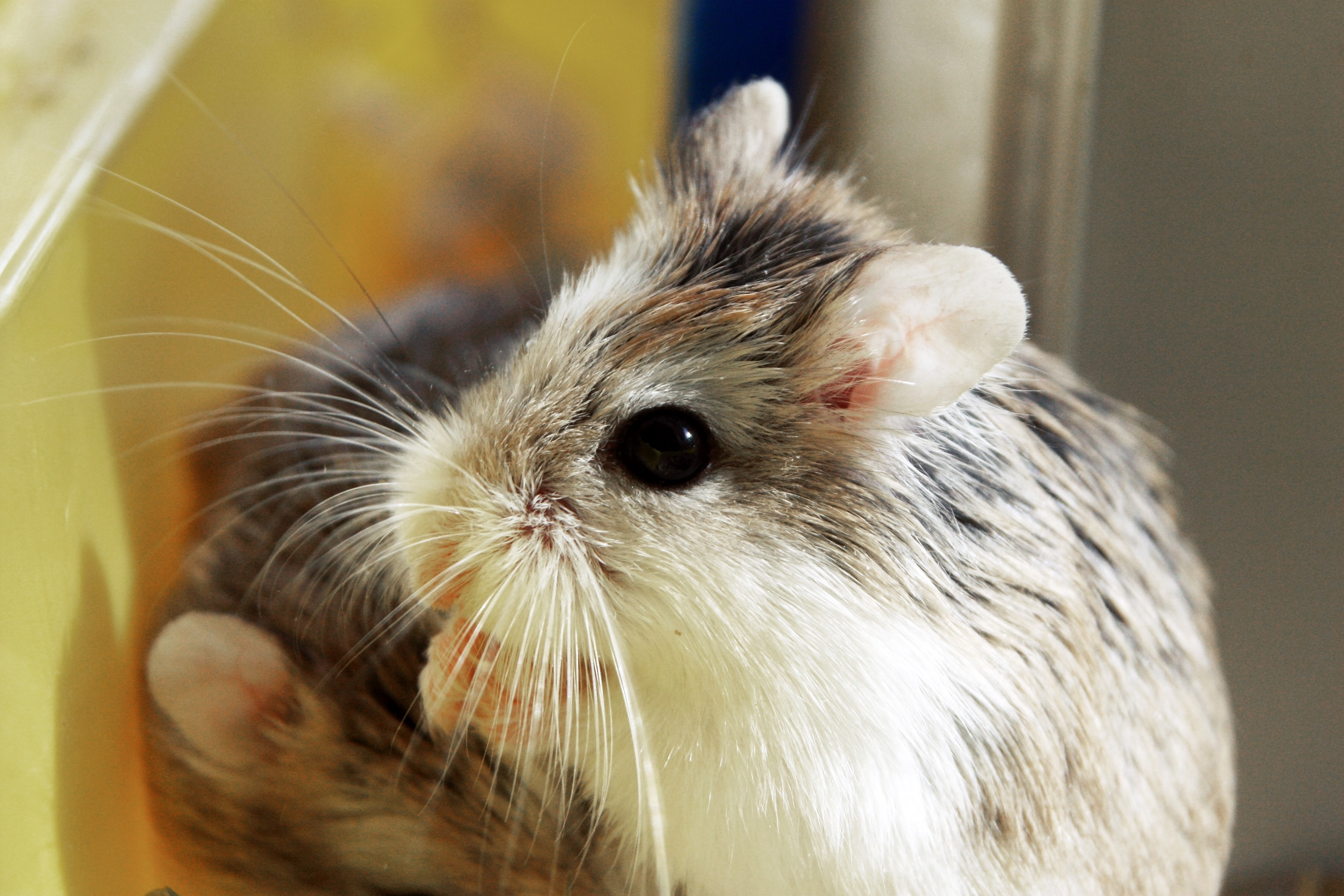|
Magdalena Nectomys
''Nectomys grandis'', also known as the Magdalena-Cauca water rat, is a nocturnal, semiaquatic species of rodent in the genus ''Nectomys'' of family Cricetidae. It is found in western and northern Colombia at altitudes from sea level Mean sea level (MSL, often shortened to sea level) is an average surface level of one or more among Earth's coastal bodies of water from which heights such as elevation may be measured. The global MSL is a type of vertical datuma standardise ... to 2000 m, including the basins of the Magdalena, Cauca and Porce rivers. It has two subspecies, ''N. g. grandis'' and ''N. g. magdalenae''. References * {{Taxonbar, from1=Q29290547, from2=Q1764449 Mammals of Colombia Nectomys Mammals described in 1897 Taxa named by Oldfield Thomas ... [...More Info...] [...Related Items...] OR: [Wikipedia] [Google] [Baidu] |
Oldfield Thomas
Michael Rogers Oldfield Thomas (21 February 1858 – 16 June 1929) was a British zoologist. Career Thomas worked at the Natural History Museum on mammals, describing about 2,000 new species and subspecies for the first time. He was appointed to the museum secretary's office in 1876, transferring to the zoological department in 1878. In 1891, Thomas married Mary Kane, daughter of Sir Andrew Clark, heiress to a small fortune, which gave him the finances to hire mammal collectors and present their specimens to the museum. He also did field work himself in Western Europe and South America. His wife shared his interest in natural history, and accompanied him on collecting trips. In 1896, when William Henry Flower took control of the department, he hired Richard Lydekker to rearrange the exhibitions, allowing Thomas to concentrate on these new specimens. Thomas viewed his taxonomy efforts from the scope of British imperialism. "You and I in our scientific lives have seen the ... [...More Info...] [...Related Items...] OR: [Wikipedia] [Google] [Baidu] |
Nocturnality
Nocturnality is an animal behavior characterized by being active during the night and sleeping during the day. The common adjective is "nocturnal", versus diurnal meaning the opposite. Nocturnal creatures generally have highly developed senses of hearing, smell, and specially adapted eyesight. Some animals, such as cats and ferrets, have eyes that can adapt to both low-level and bright day levels of illumination (see metaturnal). Others, such as bushbabies and (some) bats, can function only at night. Many nocturnal creatures including tarsiers and some owls have large eyes in comparison with their body size to compensate for the lower light levels at night. More specifically, they have been found to have a larger cornea relative to their eye size than diurnal creatures to increase their : in the low-light conditions. Nocturnality helps wasps, such as ''Apoica flavissima'', avoid hunting in intense sunlight. Diurnal animals, including squirrels and songbirds, are act ... [...More Info...] [...Related Items...] OR: [Wikipedia] [Google] [Baidu] |
Semiaquatic
In biology, semiaquatic can refer to various types of animals that spend part of their time in water, or plants that naturally grow partially submerged in water. Examples are given below. Semiaquatic animals Semi aquatic animals include: * Vertebrates ** Amphibious fish; also several types of normally fully aquatic fish such as the grunion and plainfin midshipman that spawn in the intertidal zone ** Some amphibians such as newts and salamanders, and some frogs such as fire-bellied toads and wood frogs. ** Some reptiles such as crocodilians, turtles, water snakes and marine iguanas. ** Penguins. ** Some rodents such as beavers, muskrats and capybaras. **Some insectivorous mammals such as desmans, water shrews and platypuses. ** Some carnivoran mammals, including seals, polar bears and otters. ** Hippopotamuses. * Semiterrestrial echinoderms of the intertidal zone, such as the "cliff-clinging" sea urchin '' Colobocentrotus atratus'' and the starfish ''Pisaster oc ... [...More Info...] [...Related Items...] OR: [Wikipedia] [Google] [Baidu] |
Rodent
Rodents (from Latin , 'to gnaw') are mammals of the Order (biology), order Rodentia (), which are characterized by a single pair of continuously growing incisors in each of the upper and lower jaws. About 40% of all mammal species are rodents. They are native to all major land masses except for New Zealand, Antarctica, and several oceanic islands, though they have subsequently been introduced to most of these land masses by human activity. Rodents are extremely diverse in their ecology and lifestyles and can be found in almost every terrestrial habitat, including human-made environments. Species can be arboreal, fossorial (burrowing), saltatorial/richochetal (leaping on their hind legs), or semiaquatic. However, all rodents share several morphological features, including having only a single upper and lower pair of ever-growing incisors. Well-known rodents include Mouse, mice, rats, squirrels, prairie dogs, porcupines, beavers, guinea pigs, and hamsters. Rabbits, hares, and ... [...More Info...] [...Related Items...] OR: [Wikipedia] [Google] [Baidu] |
Nectomys
''Nectomys'' is a genus of rodent in the tribe Oryzomyini of family Cricetidae. Musser and Carleton, 2005. It is closely related to ''Amphinectomys'' and was formerly considered congeneric with '' Sigmodontomys''. It consists of five species, which are allopatrically distributed across much of South America: '' Nectomys grandis'' in montane Colombia; '' Nectomys palmipes'' on Trinidad and in nearby Venezuela, '' Nectomys apicalis'' in the western margins of the Amazon biome, '' Nectomys rattus'' in much of Amazonia, and '' Nectomys squamipes'' in the Atlantic Forest of Brazil Brazil ( pt, Brasil; ), officially the Federative Republic of Brazil (Portuguese: ), is the largest country in both South America and Latin America. At and with over 217 million people, Brazil is the world's fifth-largest country by area .... These species are generally semiaquatic, are normally found near water, and are commonly called water rats. Notes References Literature cited * ... [...More Info...] [...Related Items...] OR: [Wikipedia] [Google] [Baidu] |
Cricetidae
The Cricetidae are a family of rodents in the large and complex superfamily Muroidea. It includes true hamsters, voles, lemmings, muskrats, and New World rats and mice. At almost 608 species, it is the second-largest family of mammals, and has members throughout the Americas, Europe and Asia. Characteristics The cricetids are small mammals, ranging from just in length and in weight in the New World pygmy mouse up to and in the muskrat. The length of their tails varies greatly in relation to their bodies, and they may be either furred or sparsely haired. The fur of most species is brownish in colour, often with a white underbelly, but many other patterns exist, especially in the cricetine and arvicoline subfamilies. Like the Old World mice, cricetids are adapted to a wide range of habitats, from the high Arctic to tropical rainforests and hot deserts. Some are arboreal, with long balancing tails and other adaptations for climbing, while others are semiaquatic, ... [...More Info...] [...Related Items...] OR: [Wikipedia] [Google] [Baidu] |
Colombia
Colombia (, ; ), officially the Republic of Colombia, is a country in South America with insular regions in North America—near Nicaragua's Caribbean coast—as well as in the Pacific Ocean. The Colombian mainland is bordered by the Caribbean Sea to the north, Venezuela to the east and northeast, Brazil to the southeast, Ecuador and Peru to the south and southwest, the Pacific Ocean to the west, and Panama to the northwest. Colombia is divided into 32 departments and the Capital District of Bogotá, the country's largest city. It covers an area of 1,141,748 square kilometers (440,831 sq mi), and has a population of 52 million. Colombia's cultural heritage—including language, religion, cuisine, and art—reflects its history as a Spanish colony, fusing cultural elements brought by immigration from Europe and the Middle East, with those brought by enslaved Africans, as well as with those of the various Amerindian civilizations that predate colonization. Spanis ... [...More Info...] [...Related Items...] OR: [Wikipedia] [Google] [Baidu] |
Sea Level
Mean sea level (MSL, often shortened to sea level) is an average surface level of one or more among Earth's coastal bodies of water from which heights such as elevation may be measured. The global MSL is a type of vertical datuma standardised geodetic datum A geodetic datum or geodetic system (also: geodetic reference datum, geodetic reference system, or geodetic reference frame) is a global datum reference or reference frame for precisely representing the position of locations on Earth or other p ...that is used, for example, as a chart datum in cartography and Navigation, marine navigation, or, in aviation, as the standard sea level at which atmospheric pressure is measured to Calibration, calibrate altitude and, consequently, aircraft flight levels. A common and relatively straightforward mean sea-level standard is instead the midpoint between a Tide, mean low and mean high tide at a particular location. Sea levels can be affected by many factors and are known to hav ... [...More Info...] [...Related Items...] OR: [Wikipedia] [Google] [Baidu] |
Magdalena River
The Magdalena River ( es, Río Magdalena, ; less commonly ) is the main river of Colombia, flowing northward about through the western half of the country. It takes its name from the biblical figure Mary Magdalene. It is navigable through much of its lower reaches, in spite of the shifting sand bars at the mouth of its delta, as far as Honda, at the downstream base of its rapids. It flows through the Magdalena River Valley. Its drainage basin covers a surface of , which is 24% of the country's area and where 66% of its population lives. Course The Magdalena River is the largest river system of the northern Andes, with a length of 1,612 km. Its headwaters are in the south of Colombia, where the Andean subranges Cordillera Central and Cordillera Oriental separate, in Huila Department. The river runs east then north in a great valley between the two cordilleras. It reaches the coastal plain at about nine degrees north, then runs west for about , then north again, reaching ... [...More Info...] [...Related Items...] OR: [Wikipedia] [Google] [Baidu] |
Cauca River
The Cauca River () is a river in Colombia that lies between the Occidental and Central cordilleras. From its headwaters in southwestern Colombia near the city of Popayán, it joins the Magdalena River near Magangue in Bolivar Department, and the combined river eventually flows out into the Caribbean Sea. It has a length of to its junction with the Magdalena, for a total length of . from origin to seamouth. The river is under the supervision of the ''Cauca Regional Corporation'' and the ''Cauca Valley Regional Autonomous Corporation'', and is navigable for above its junction with the Magdalena. File:Rio cauca popayan.JPG File:Salvajina.jpg File:Río Cauca. Puente Anacaro (3). Cartago - Ansermanuevo, Valle, Colombia.JPG File:Río Cauca.JPG File:Puentes en La Pintada 01.jpg File:Puente de Occidente.JPG File:El río Cauca.jpg Environmental issues On November 18, 2007, Colombian newspaper '' El Tiempo'' reported that the river was receiving an average of 500 tons of residual ... [...More Info...] [...Related Items...] OR: [Wikipedia] [Google] [Baidu] |
University Of Chicago Press
The University of Chicago Press is the largest and one of the oldest university presses in the United States. It is operated by the University of Chicago and publishes a wide variety of academic titles, including '' The Chicago Manual of Style'', numerous academic journals, and advanced monographs in the academic fields. One of its quasi-independent projects is the BiblioVault, a digital repository for scholarly books. The Press building is located just south of the Midway Plaisance on the University of Chicago campus. History The University of Chicago Press was founded in 1890, making it one of the oldest continuously operating university presses in the United States. Its first published book was Robert F. Harper's ''Assyrian and Babylonian Letters Belonging to the Kouyunjik Collections of the British Museum''. The book sold five copies during its first two years, but by 1900 the University of Chicago Press had published 127 books and pamphlets and 11 scholarly journals, in ... [...More Info...] [...Related Items...] OR: [Wikipedia] [Google] [Baidu] |





